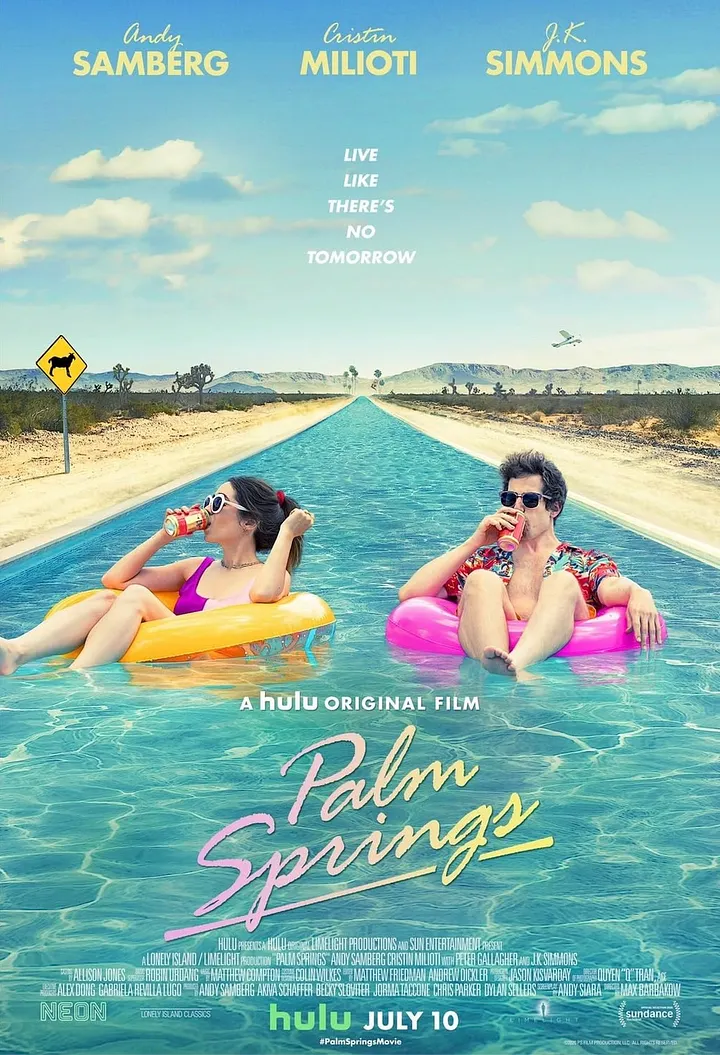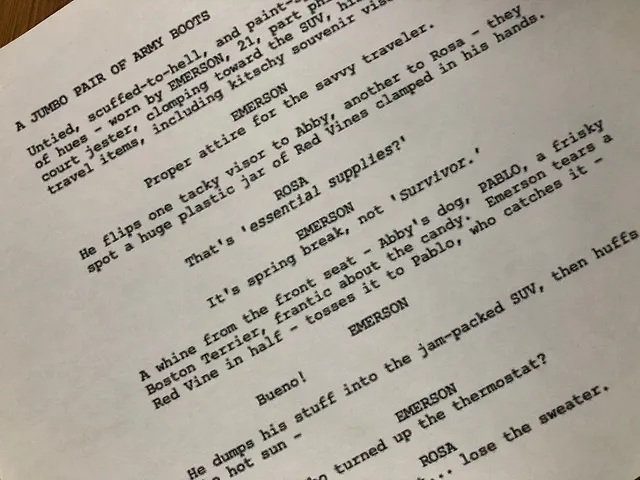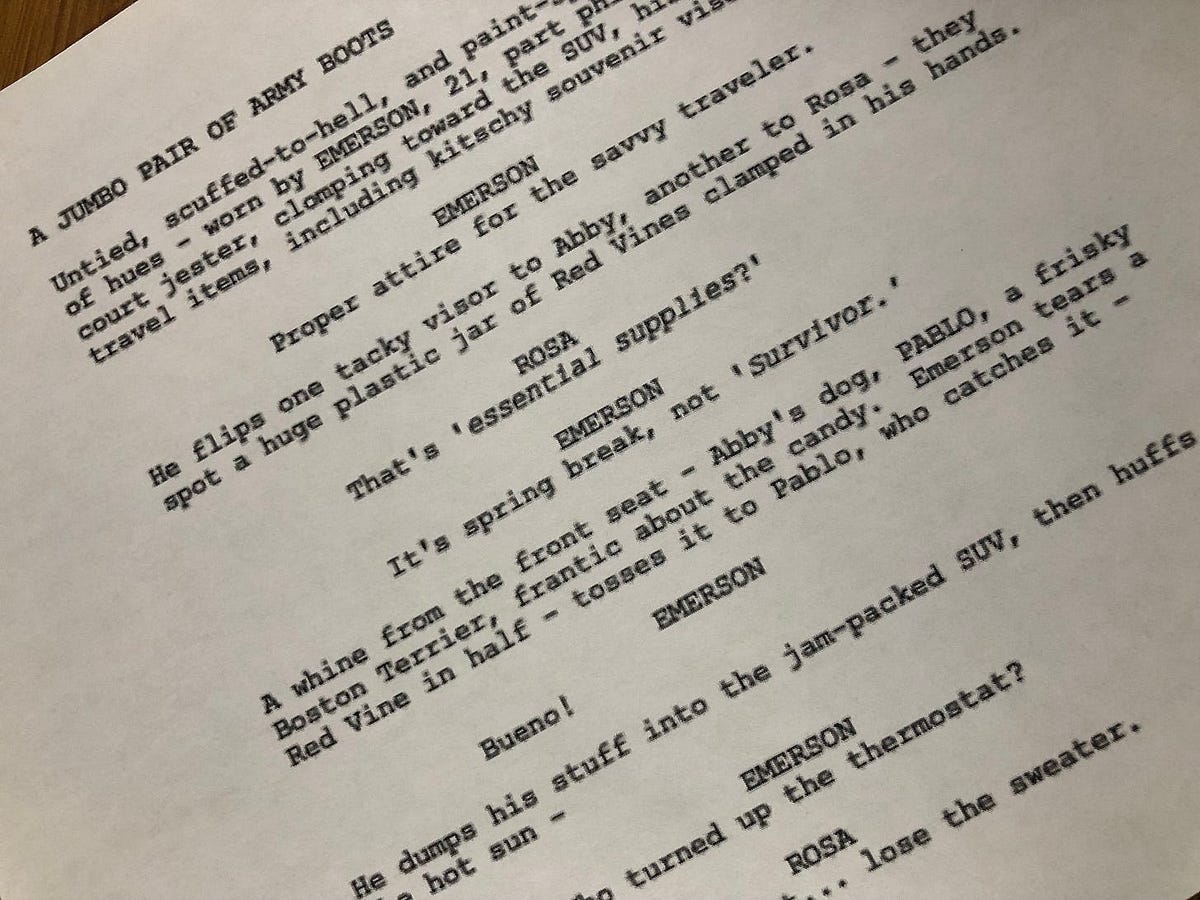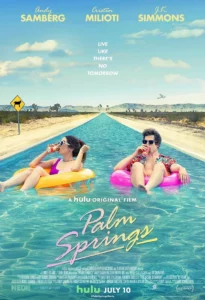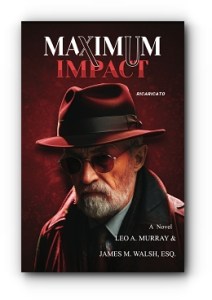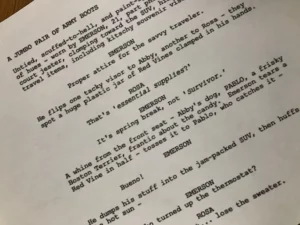“Unlock Timeless Secrets: Discover the Surprising Techniques Master Screenwriters Used to Ignite Their Scripts!”
Have you ever wondered why some movies grip you from the very first scene while others drag on, blathering about things you couldn’t care less about? Well, it turns out that the art of storytelling in film has been debated for nearly a century, and one of the early pioneers in shaping this narrative craft was none other than Anita Loos. In a world where every moment counts, her advice to screenwriters remains evergreen—cut the fluff and get to the good stuff! As we delve into the insights from the groundbreaking work of Loos and her husband, John Emerson, it’s clear that their wisdom on exposition still resonates today. So gather ’round, aspiring screenwriters! It’s time to unpack how to keep your audience engaged right from the outset—because let’s face it, nobody came for the characters’ life histories; they came to see the plot unfold. If you want to dive deeper into this timeless screenwriting advice, LEARN MORE.

“Always try to tell the basic facts of the plot in as few scenes and sub titles as possible. The audience is not interested in the life history of screen characters; it wants to see the plot started.”
If you are a screenwriter, you should know about Anita Loos. Loos was one of the most influential writers in the early stages of American cinema, associated with 136 film projects per IMDb.
Married to writer John Emerson, the pair wrote one of the first books on screenwriting in 1920: “How to Write Photoplays”. I have been running a weekly series based on the book. You can access those posts here.
Today: How To Begin [P. 95–96].
Always try to tell the basic facts of the plot in as few scenes and sub titles as possible. The audience is not interested in the life history of screen characters; it wants to see the plot started. Try to combine exposition into one or, at the most, half a dozen scenes.
The problem of exposition — setting, information, data, backstory — has existed since the very earliest stages of the development of movies, witnessed by these comments by Loos and Emerson. Why is exposition a problem? Because it can be deadly dull. Info dump. Brain drain. Talking heads. These are some of the phrases Hollywood writers associate with the…
